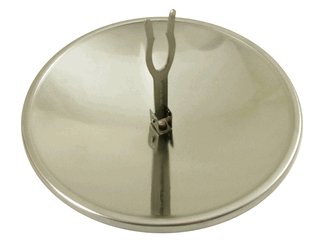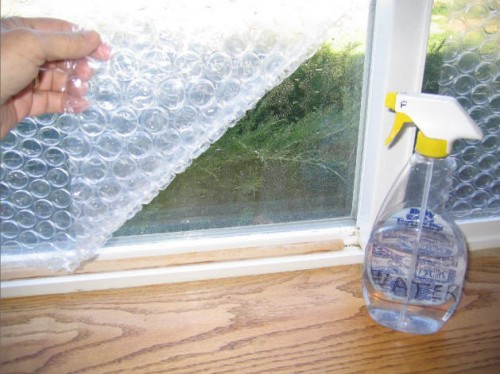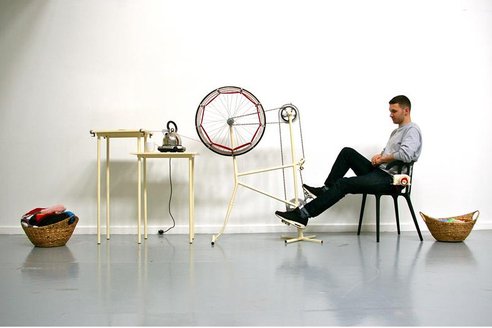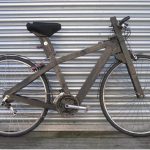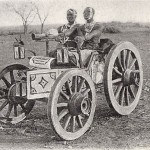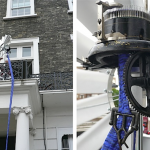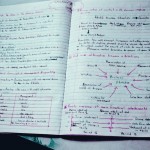“Straw Bale Gardening is simply a different type of container gardening. The main difference is that the container is the straw bale itself and is held together with two or three strings.”
“Once the straw inside the bale begins to decay the straw becomes ‘conditioned’ compost that creates an extraordinary plant rooting environment. Getting the straw bales conditioned is an essential part of the process, and should be started two weeks prior to your target planting date wherever you are located.”
“This gardening technique works well anywhere in the country or the world for that matter.” Read more: here and here.

